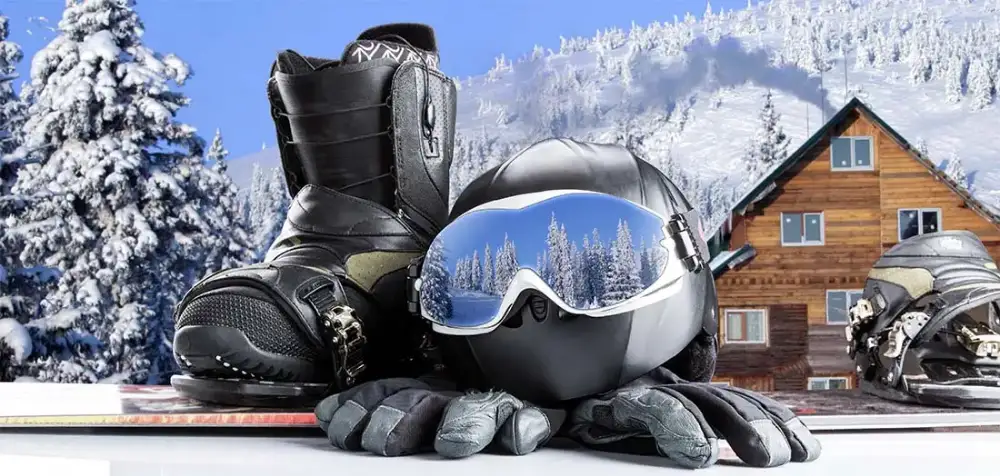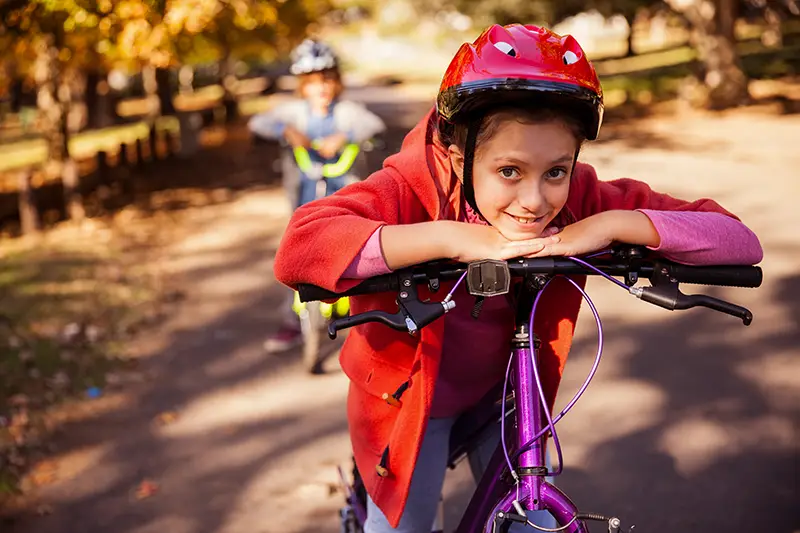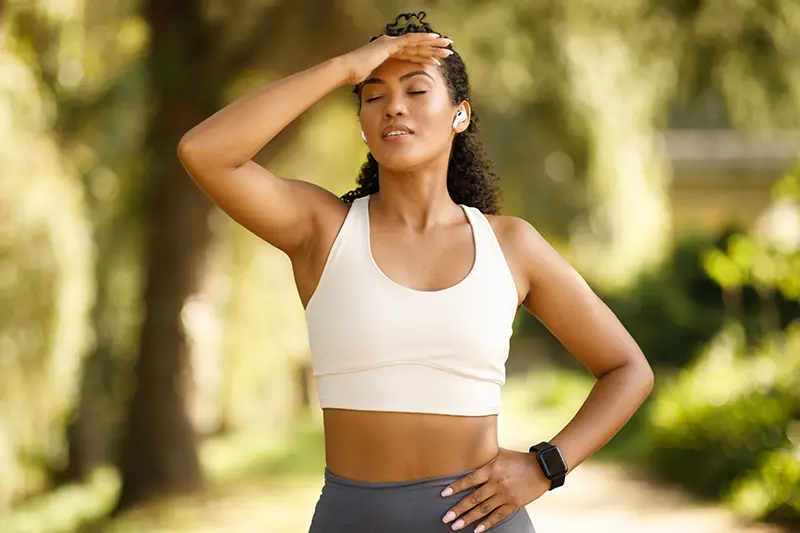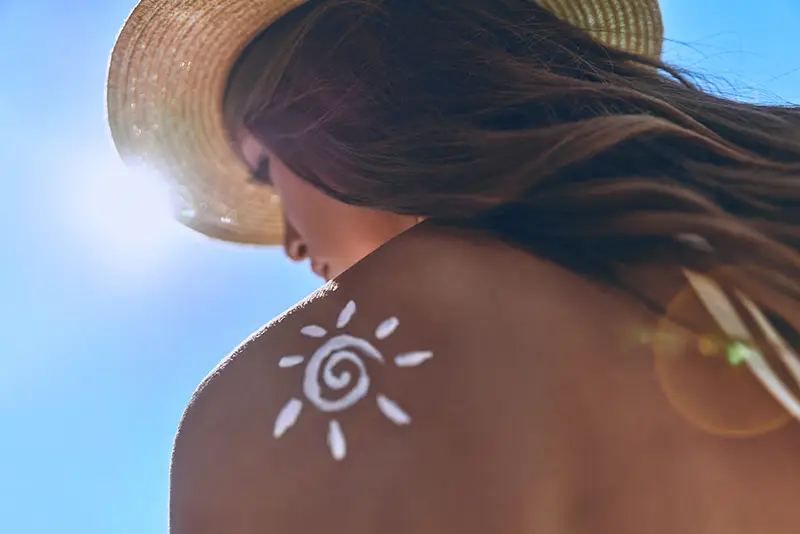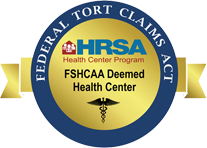There are many recreational activities to do in the winter. Two of the most popular are skiing and snowboarding. Downhill skiing and snowboarding are among the top three causes of injuries related to recreational winter activities. There are things to keep in mind when skiing and/or snowboarding that can keep it safe as well as fun.
Get in shape before winter. Being physically fit makes skiing and snowboarding safer and more enjoyable. Do warm-up runs at the slopes as they can prepare you mentally and physically for the day.
Obtain the correct equipment. Make sure your ski or snowboard bindings are adjusted correctly. Improperly fitted or misadjusted equipment can cause injury.
Buy quality clothing and products. Wear bright colors and dress in layers. The outer layer of clothing should be water repellent, wind-resistant, and slide resistant. Look for clothing with wind flaps to shield zippers, snug cuffs at the wrists and ankles, and collars that can be snuggled up to your chin. Dressing in layers allows you to adjust to changing temperatures. Wear gloves and mittens and bring a headband or hat with you. Sixty percent of heat loss occurs through the head.
Know the weather conditions of the slopes you are going to. Be aware of the snow conditions and how they can change. As conditions turn firm, the skiing gets hard and fast.
Take lessons, including learning how to fall and get back up. Taking lessons will help you improve the most.
Being in control is the key to successful skiing and snowboarding. To have control you must be aware of your technique, the terrain, and the skiers/snowboarders around you.
Wear the proper helmet for skiing and snowboarding. Wearing the proper helmet can prevent serious head injuries if an accident occurs.
Learn the skier and snowboarder safety code, which is seven best practices to decrease risks on the slopes.
- Always stay in control and be able to stop or avoid other people or objects.
- People ahead of you have the right of way. It is your responsibility to avoid them.
- You must not stop where you obstruct a trail or are not visibly from above.
- Whenever starting downhill or merging into a trail, look uphill and yield to others.
- Always use devices to help prevent runaway equipment.
- Observe all posted signs and warnings. Keep off closed trails and out of closed areas.
- Prior to using any lift, you must have the knowledge and ability to load, ride, and unload safely.


